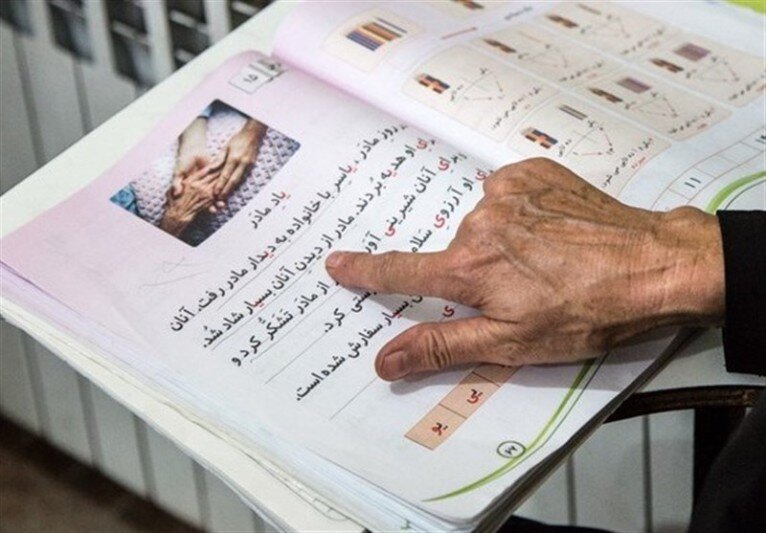Literacy movement: achievements and plans

TEHRAN – Shapour Mohammadzadeh, head of the Literacy Movement Organization, described the literacy situation in Iran before and after the Islamic Revolution on the occasion of the forty-second year of the establishment of the Organization.
At that time, a large number of children in need of education were deprived of the opportunity to enter schools, so that, due to the upward trend of population growth, the number of illiterate people was increasing. According to the 1976 census, of the total population of 27.1 million people aged 6 and above, 14.2 million (52.5%) were illiterate.
One year after the Islamic Revolution and due to the importance and necessity of literacy, by the order of Imam Khomeini (RA), in December 1979, the Literacy Movement Organization was established to eliminate illiteracy in the country.
After the establishment of the organization until 1986, nearly 11 million people were added to the country's literate, and the country's literacy rate increased from 47.5 percent to about 61.8 percent.
However, due to various reasons, including the rapid growth of the population and the lack of educational facilities for all children, the absolute level of illiteracy has not only not decreased but has also increased by about 600,000 people.
With the implementation of the literacy mobilization plan in 1990 and the education of more than 4.1 million absolutely illiterate people during a decade, in 1996 the literacy rate reached 79.5 percent (18% increase).
In 2020, the literacy rate has increased to 90.5 percent. But our society still faces about 7.5 million illiterates, but the illiteracy rate in the target group of the organization, which includes 10-49 years old, is about 1.5 million.
The literacy rate in the population aged 10-49 was about 48.8 percent in 1976, while according to the 2016 census, this figure has reached 94.7 percent and shows a growth of nearly 46 percent, while in 2020, the rate was estimated at 97.1 percent.
Referring to the gender gap in literacy rate, he said that by allocating about 80 percent of literacy activities to girls and women, especially in rural areas, the literacy index among women has increased more rapidly, so that the results of the census conducted between 1976 to 2016 shows the gender gap in literacy rate has decreased from 23.4 to 6.8 percent and in 2020 reached less than 6.1 percent.
According to the censuses conducted between 1976 and 2016, the literacy rate of urban areas has increased from 65.5 percent to 90.8 percent. At the same time, the literacy rate in rural areas has increased from 30.5 percent to 78.5 percent.
A plan has been developed and implemented with the aim of reducing illiteracy among parents of students by strengthening the role and responsibility of the school principal, using the capacity and facilities of the school, and making good use of the role of students in identifying, attracting and educating parents.
Since its inception in 2014, the plan has been able to identify and educate approximately 544,000 illiterate parents across the country. However, the project was declared a successful national experience by UNESCO and posted on the website of the Institute for Lifelong Learning.
So far, 19,978 illiterate parents have been trained.
A project has been implemented with the aim of providing basic literacy education to non-students in this age group of 10-19, since 2015, this project has been able to cover 96,823 illiterate Iranians and foreign nationals.
A plan is also being implemented with the aim of raising the literacy index and the level of awareness of the country's nomadic community in coordination with the Nomadic Affairs Organization of Iran.
Since its inception, the project has been able to educate more than 326,000 nomadic women and girls under the auspices of literacy courses by empowering thousands of literate educators in the nomadic and rural community.
The Organization has also established local learning centers in order to fulfill the slogan of “education for all”, which offers basic literacy education, in addition to life, social, citizenship, job, and professional skills to literate people. Currently, there are 510 centers across the country.
Some 50 percent of the activities of the Literacy Movement Organization are focused on literacy empowerment so that there is no return to illiteracy.
FB/MG
